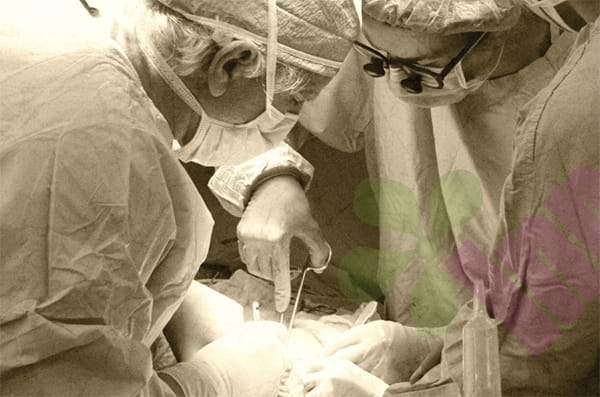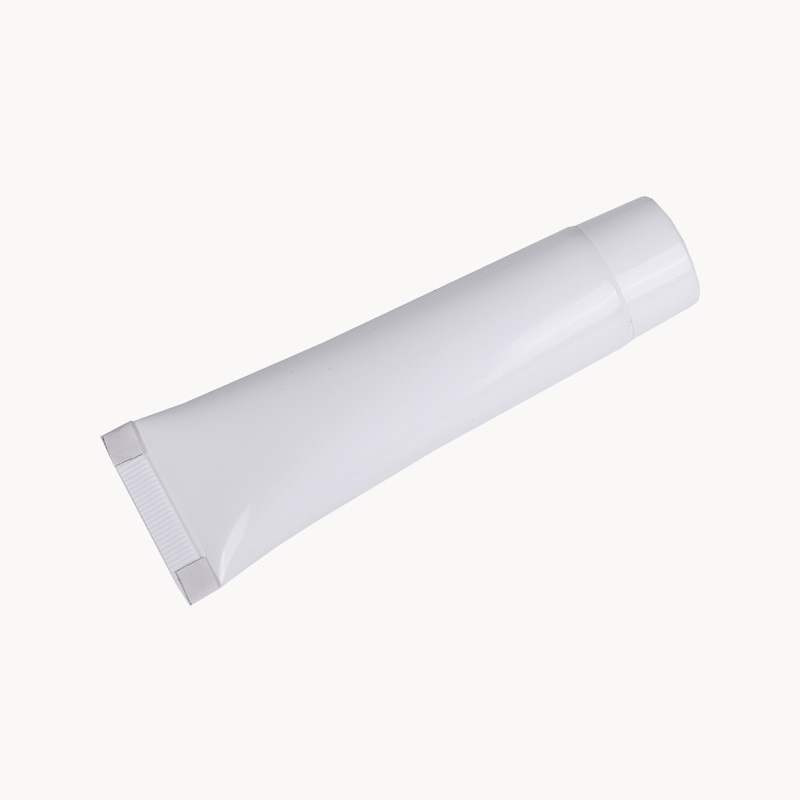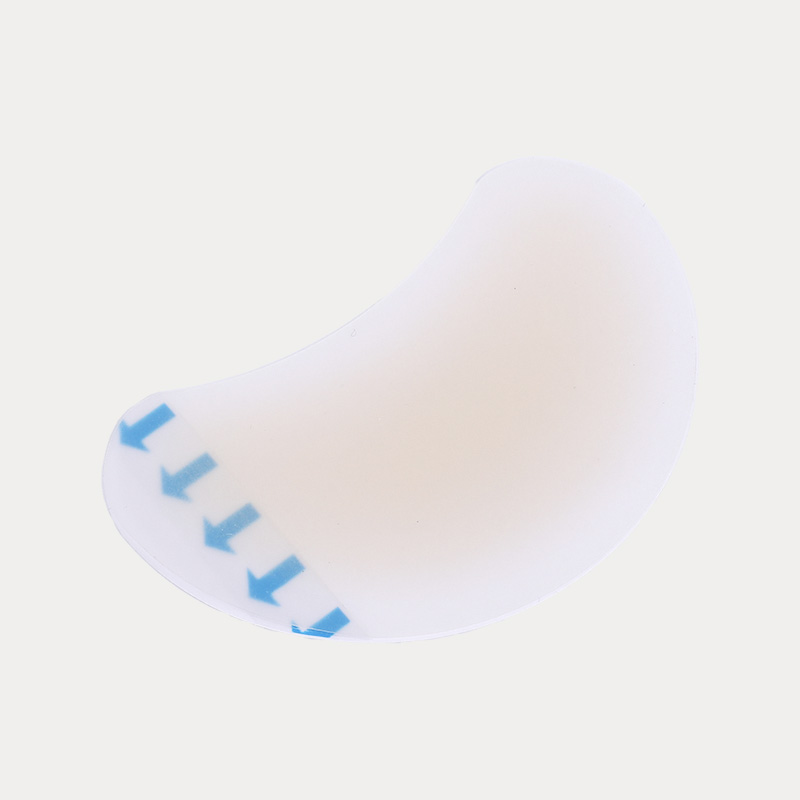Will delaying breast cancer surgery really lead to worsening of the disease?
Philadelphia - Will cancer be upgraded if surgery is delayed? This is the most anxious question for the 2 million new breast cancer patients around the world each year. Today, Fox Chase Cancer Center in the United States published the largest-scale study to date in the Annals of Surgical Oncology, which for the first time used real tumor specimens to measure the speed of cancer cells running in the body and gave a clear answer: the risk of stage upgrade caused by moderate delay in surgery is much lower than the public imagines.
The research team retrieved data on 1.08 million non-metastatic breast cancer patients from the National Cancer Database between 2010 and 2020, and innovatively paired the clinical size reported by preoperative imaging with the pathological size after surgical resection. After eliminating imaging errors, they restored the true growth curve of the tumor for the first time.

"In the past, we always took imaging reports as the truth, but now we find that more than 40% of upgrades are actually measurement errors rather than tumor spread," said Dr. Richard Bleicher, the lead author and director of breast surgery at Fox Chase. In other words, if patients wait two more weeks, it does not necessarily mean that cancer cells have taken over. "
Key Stats :
For T1 tumors ( ≤2 cm), the probability of upgrading is only 1.8%.
T2 tumors (2-5 cm) delayed for 12 weeks, with an upgrade probability of 4.3%
Even with a 3-month delay, the absolute increase in the patient's long-term mortality risk was still less than 3%.
These figures should serve as a reassurance for doctor-patient dialogue, Bleicher emphasized, especially for patients who need genetic screening or preoperative chemotherapy; reasonable waiting will not miss the cure window. "
Technological breakthrough: Correcting imaging errors using pathological size
Traditional imaging misjudgments of tumor size by up to 35%, leading to "false upgrades." The algorithm developed by the Fox Chase team quantified for the first time the impact of this error on staging judgment by comparing the difference between imaging and postoperative specimens. The model has been included in the discussion draft of the 2025 revision of the NCCN guidelines.
Research recommendations:
- Low-risk patients can appropriately relax the surgery schedule and give priority to completing preoperative preparations such as fertility preservation
- Patients with T3 or above imaging still need surgery within 2 weeks to avoid errors that mask the true progress
- Promote the upgrade of the AI-assisted imaging diagnosis system to further reduce the error range
"Time doesn't stop for anyone, but we can ensure that every minute and every second is backed by medical evidence," Bleicher said. The team will next verify the applicability of the model in triple-negative breast cancer.
The first NCI-designated comprehensive cancer center in the United States, it is well-known for its precision breast cancer surgery, and its annual breast surgery volume has ranked among the top three in the United States for five consecutive years. This study was funded by the U.S. Department of Defense Breast Cancer Research Project.

 English
English عربى
عربى Español
Español русский
русский 中文简体
中文简体

















